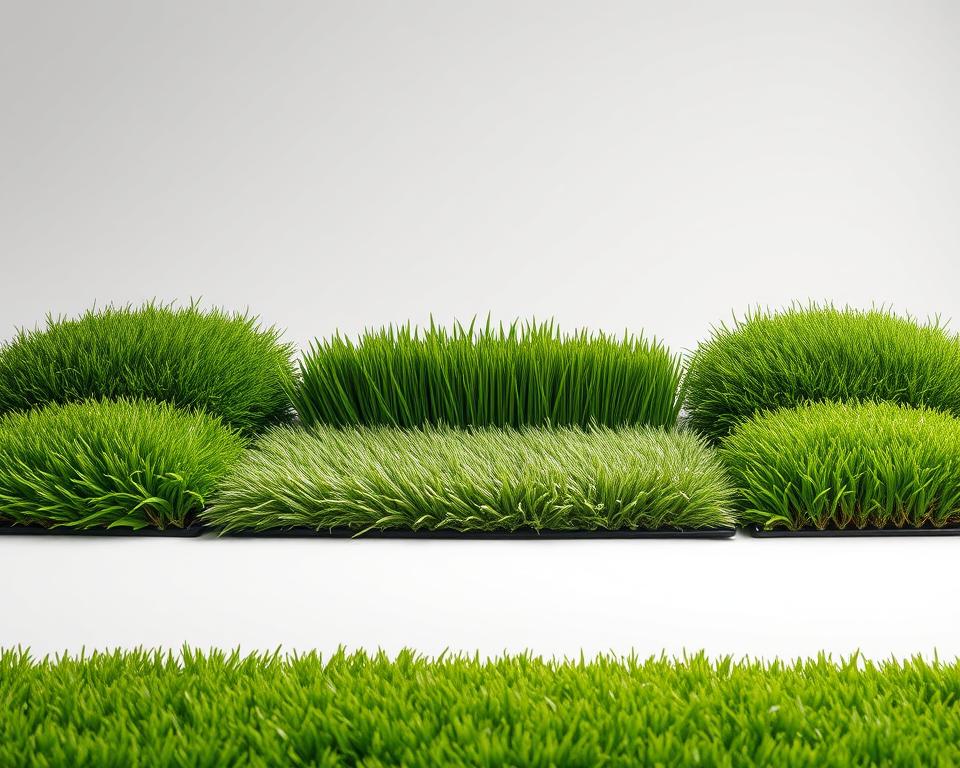San Jose Top Event Security Services
Ensuring the safety and security of guests is critical when planning any event. Divine Protection Services excels as a leading provider of professional event security in San Jose. We deliver an extensive suite of event security services San Jose customized for business events and personal celebrations. Our site security in construction San Jose professionals focus on trustworthiness and client delight, guaranteeing a protected atmosphere for your occasion. This enables hosts to devote attention to delivering lasting impressions for their guests.
Main Points
- Skilled event security offerings are critical to a well-executed gathering.
- Divine Protection Services provides secure environments at San Jose events.
- Customized protection plans are offered for diverse event formats.
- Trustworthy security officers uphold a protected setting.
- Prioritize attendee experience while security oversees safety.
Why You Need Event Security for Your Occasion
Event security services San Jose are critical for safeguarding participants and protecting property at gatherings. Rising risks of theft and aggression underscore the need for professional crowd management services for San Jose events. Adopting comprehensive event protection protocols in San Jose protects guests and comforts planners.
A skilled security team makes managing large crowds much simpler. They specialize in escorting guests, surveilling actions, and denying unauthorized entry into secure sections. Their presence ensures attendees feel safe, creating a welcoming environment for all.

Experienced security personnel can also swiftly resolve tense situations, preventing escalations. By engaging event security services San Jose, hosts can concentrate on delivering an enjoyable experience. This reduces stress, improving the event’s quality and leaving a lasting impression on all attendees.
Varieties of Expert Event Security Offerings
Event security is vital for the safety and smooth operation of any gathering. Various professional event security services cater to different needs and settings. San Jose’s armed and unarmed protection services deliver customized approaches for particular events. Whether it’s a private event security San Jose, corporate event security San Jose, or a public festival, the right choice can significantly impact the event.
At corporate events, security personnel provide high professionalism and adaptability. They are trained in managing access points, crowd control, and emergency response. On the other hand, private events often benefit from unarmed personnel. They aim to foster warmth and hospitality while maintaining security.
Specialized services further enhance security. High-profile guest protection is essential for VIPs, securing their well-being. Surveillance management is crucial, providing immediate oversight of happenings. This is highly beneficial during larger gatherings. Entry control systems manage attendee flow, ensuring only authorized individuals access the event.
The table below summarizes various types of event security services and their applications:
| Service Type | Suitable For | Key Features |
|---|---|---|
| Armed Event Security | Risky gatherings, business conferences | Armed staff on-site, crisis response skills |
| Unarmed Protection Services | Personal parties, social functions | Welcoming atmosphere, focus on safety |
| VIP Protection | High-profile guests | Individual security plans, protection detail |
| Monitoring Services | Large events, public festivals | Real-time monitoring, emergency management |
| Entry Authorization Systems | Restricted-entry functions | Management of attendee flow, access authorization |
Comprehending various protection services is vital to orchestrating a safe event. By meeting the specific needs of each event, organizers can ensure a safer and more enjoyable experience for all attendees.
Event Protection Services in San Jose
Throughout San Jose, Divine Protection Services is recognized for bespoke event protection services. Each event comes with its own set of challenges. Divine Protection Services provides personalized plans to guarantee guest protection and safety.
Their services include effective crowd control for events San Jose. They deploy trained personnel to manage large groups efficiently. This approach anticipates and mitigates risks, giving organizers and participants peace of mind.
Event vulnerability assessment in San Jose is another forte of Divine Protection Services. They implement strategies to identify vulnerabilities and prepare for emergencies. Their field teams undergo focused training for unforeseen events, enhancing total protection.
Their commitment to live monitoring fosters a forward-thinking protection strategy. Using cutting-edge tools, protection squads observe events non-stop. They react swiftly to disturbances, maintaining order and safety throughout the event.
How to Choose the Right Event Security Provider
Choosing the right event security provider in San Jose is critical for your event’s safety and success. Consider experience, client reviews, official credentials, and service variety. A veteran provider manages diverse event situations skillfully.
Trustworthiness is equally important. Look for firms boasting excellent client feedback and endorsements. This shows their reliability and efficiency in providing event security. Official endorsements from respected institutes enhance their authority, confirming compliance with sector benchmarks.
Evaluate the spectrum of offerings available. Each occasion demands specific measures, and certain events need bespoke risk protocols. A provider that offers customized solutions based on your event’s specifics can provide a well-rounded security plan.
Meeting with potential partners is crucial. You get to outline your event’s particular demands and issues. This conversation can lead to tailored security measures that fit your event perfectly.
Lastly, verify references and inquire about past projects. It guides you to an educated selection, ensuring a safe, trouble-free occasion.
Expert Risk Management in Event Planning
Within event coordination, proactive risk management in San Jose drives successful outcomes. Carrying out in-depth risk evaluations enables planners to uncover potential threats. Such insights facilitate forming plans to lessen hazards and enhance protection.
Expert protection services in San Jose play a critical role here. Protection professionals collaborate with planners to develop thorough blueprints, covering emergency procedures and crisis responses. This forward-looking approach guarantees team readiness and training for any scenario.
Collaborating with police agencies further bolsters safety. This partnership enables smooth communication, critical in emergencies. It plays a key role in crowd management in San Jose, preserving safety and structure in large assemblies.
In summary, professional risk handling safeguards guests and establishes a safe event environment. A robust base of planning and cooperation results in well-executed, protected gatherings.
The Role of Security Guards at Your Event
Guard personnel play a vital role in ensuring event safety and effectiveness. They perform numerous duties essential for safeguarding events in San Jose and protecting guests. Their experience in managing crowds tracks guest traffic and stops crowding.
At entrances, security staff check guests, detecting unapproved individuals and hazards. This is a key part of security guard services for events San Jose. It helps prevent disruptions by stopping criminal activity early. The presence of professional security staff also enhances the event atmosphere.
When surprises occur, guards react promptly and expertly. They address dangers at once, preserving order and tranquility. With private security services in San Jose, organizers secure an environment where guests can relax.
Advantages of Partnering with Divine Protection Services
Investing in professional event security services can significantly enhance your event planning. Working with Divine Protection Services guarantees protection and provides multiple benefits. Such advantages are crucial to any successful occasion.
A key benefit is having skilled experts at your disposal. They are dedicated to maintaining a secure environment. These professionals excel in private San Jose event security and tackle challenges proficiently.
Another significant perk is tailored protection strategies. These plans are tailored to each client’s specific needs, which is critical for corporate event security San Jose. This method guarantees an efficient plan, putting attendees at ease.
Divine Protection Services’ broad expertise ensures smooth liaison and cooperation across the security unit. This efficiency is vital in addressing any issues promptly. It allows hosts to enjoy their events without worry.
Choosing Divine Protection Services means a well-planned security presence. Such deployment enriches the attendee experience. Expert event security services San Jose create a stress-free atmosphere, making any event memorable for the right reasons.
Real-World Examples of Event Security in San Jose
Practical case studies highlight the effectiveness of San Jose event protection. Each case highlights the detailed planning and execution by Divine Protection Services. This secures a safe space for all participants.
A major music festival with thousands in attendance illustrates this perfectly. The gathering necessitated a comprehensive approach to crowd management and emergency protocols. Trained security personnel successfully implemented crowd control protocols, ensuring a smooth experience for everyone.
During an elite corporate summit, the impact of expert event protection in San Jose stood out. The unit partnered with hosts to secure private information and preserve discretion. They enforced controlled entry to critical zones, establishing a protected zone for participants.
Unexpected weather changes or last-minute event changes were handled by the team with ease. Their agility and transparent dialogue with participants and planners demonstrated unwavering safety dedication.
These examples affirm the importance of bespoke approaches in San Jose event protection. Every occasion’s particular hurdles call for distinct methods. This approach leads to better safety outcomes for all involved.
Cutting-Edge Event Security Technology
In the world of event security, embracing new technology is essential. Modern platforms such as live surveillance heighten threat detection. They empower security units to monitor visitors, identifying dangers promptly. This is key for managing risks effectively in San Jose.
State-of-the-art communication tools also play a vital role. They allow teams to act immediately, indispensable for events in San Jose.
ID authentication techniques transform event access. They streamline guest access, making sure only approved people enter certain areas. Paired with San Jose crowd regulation offerings, they foster a protected setting for everyone.
Divine Protection Services dedicates itself to employing these innovations for superior threat oversight. By implementing these measures, they aim to make events safer. This approach boosts overall safety and guest satisfaction. Amid rapid tech evolution, remaining updated is imperative for organizers.
In Closing
In our rapidly moving world, expert event protection in San Jose is indispensable. It guarantees gatherings are both efficiently managed and secure for all. Divine Protection Services supplies the know-how required, enabling hosts to focus on memorable occasion creation.
Be it a public festival or a business gathering, tailored protection plans matter. They cater to each event’s unique requirements. By opting for professional event security in San Jose, planners can reduce risks and ensure everyone has a worry-free time.
Putting resources into San Jose event protection brings tranquility. It paves the way for victorious gatherings that leave enduring impressions. Relying on seasoned professionals who grasp the complexities of security boosts safety and event quality.









